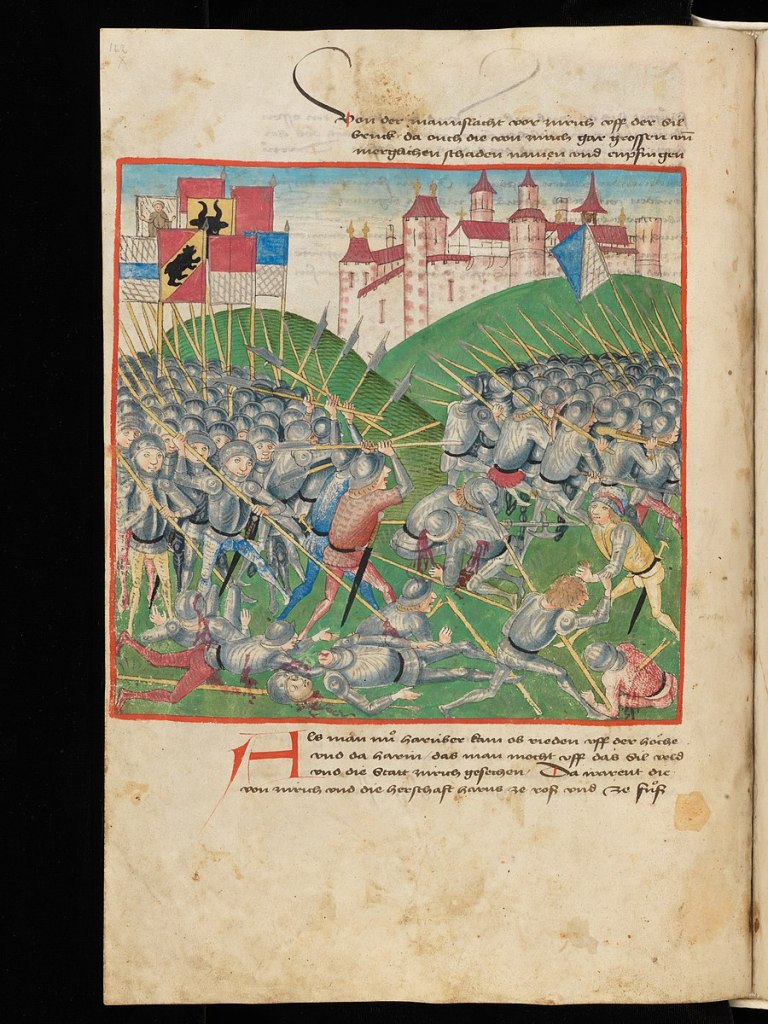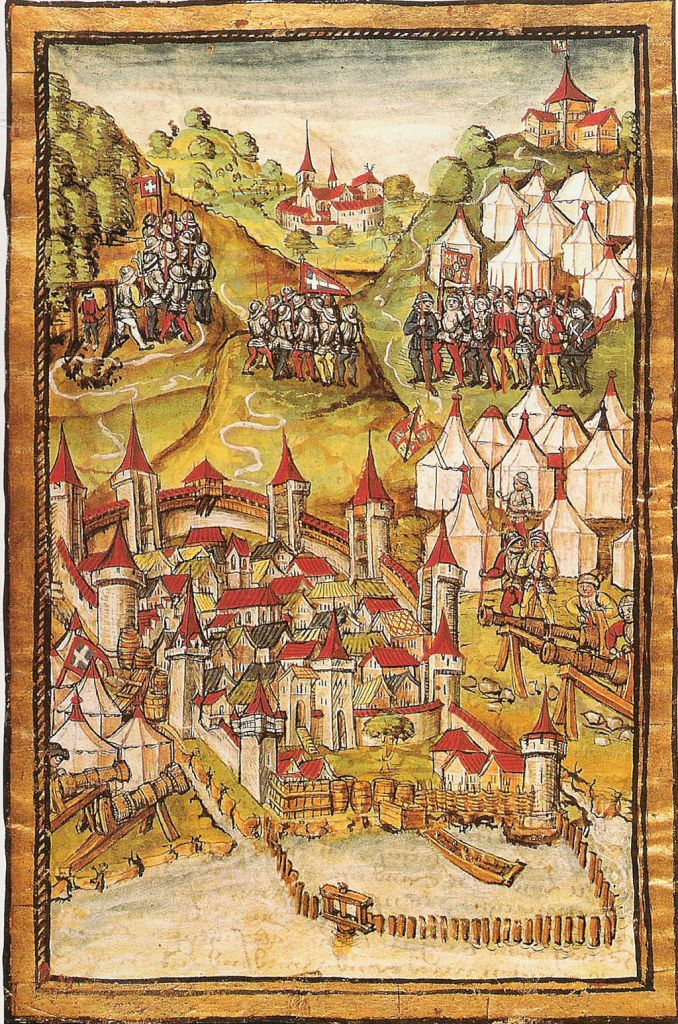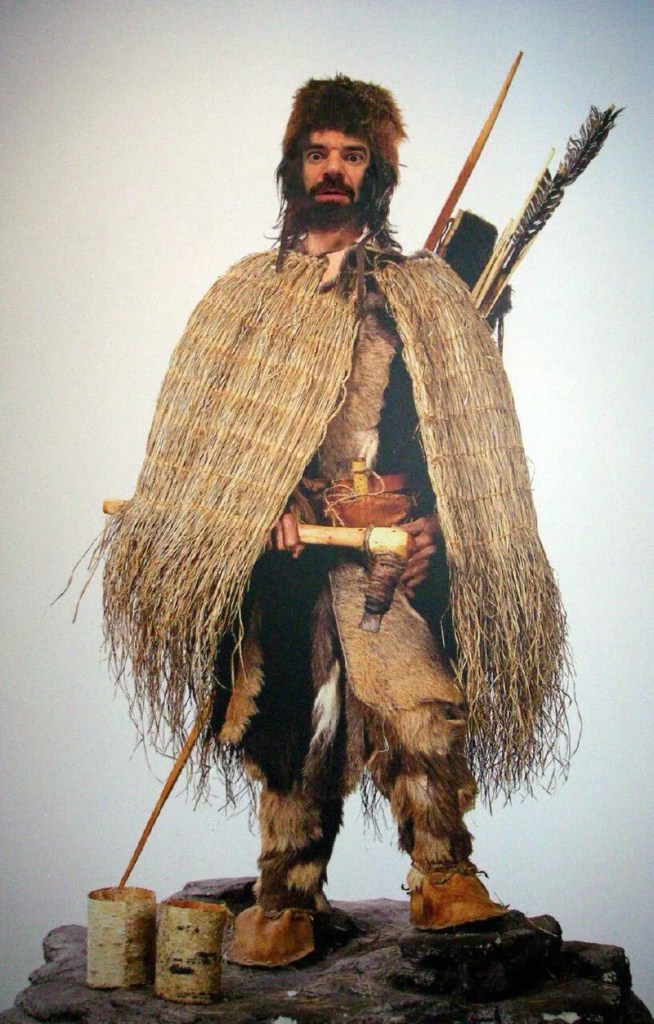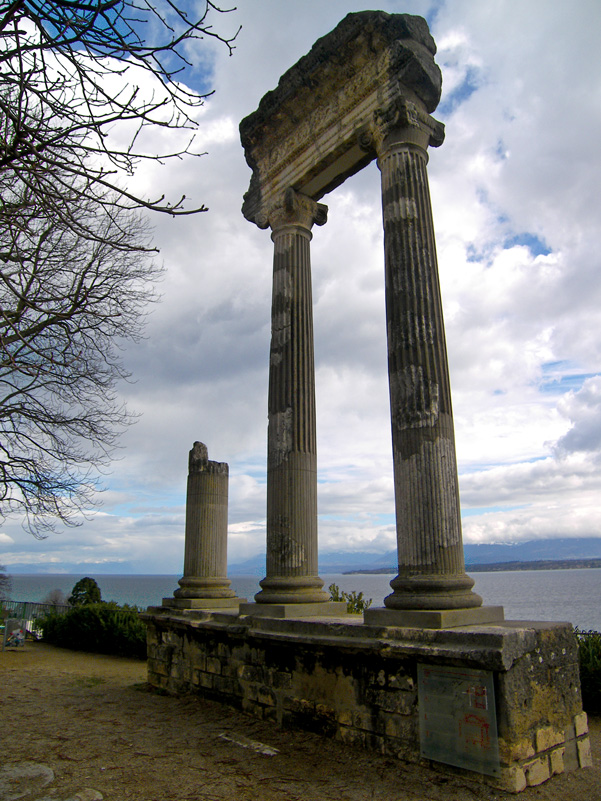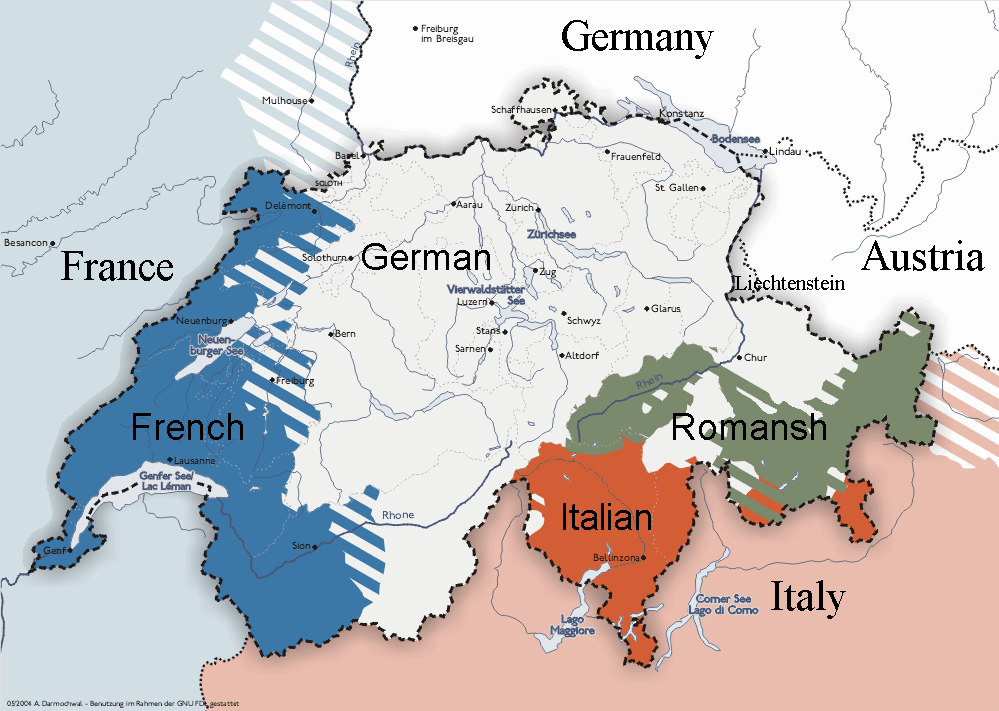Bernese Chronicles (Swiss History Part Two)
Posted: May 19, 2024 Filed under: Switzerland 2 CommentsOur attempts to learn the history of Switzerland led us to a swirling eddy that is the chronicles of the city/canton of Bern. Illustrated books created to record notable events centered on the 1400s.
These depict in vivid detail the Swabian and Burgundian Wars.
Diebold Schilling the Elder was the uncle of Diebold Schilling the Younger.
Here is the work of the Younger, who created a similar chronicle for Lucerne:
Those are rampages through the Vaud.
The battle of Dorneck.
Entire chronicles can be found online, they’re shockingly long. Even a browse through them can be numbing. It’s like the work of Henry Darger or something, obsessive numbers of battle scenes and sieges and killings. Regrettably my German is insufficient for me to read them. I suspect I get the idea.
The events depicted kept the Burgundians and Habsburgs out of Switzerland and allowed the Old Swiss Confederacy to maintain its independence.
During this period the Swiss became so good at war that they became in demand mercenaries in Italy and elsewhere (the origin of the Vatican’s Swiss Guards?). Their super-weapon was the halberd, which was capable of killing a mounted knight. Defeating a guy on horseback who was armed with metal sword from your feet was a vexing fighting problem of the time. The Inca did not solve it in time.
Much praise to Ursula Kampmann for her article on Swiss historiography.
The death of the Burgundian Charles The Bold at the battle of Nancy ended the Burgundian hopes for swallowing pieces of the Swiss Confederacy:
The corpse of Charles the Bold remained concealed until three days after the battle, when it was found lying on the river, with half of his head frozen.[308] It took a group consisting of Charles’ Roman valet, his Portuguese personal physician, his chaplain, Olivier de la Marche, and two of his bastard brothers to identify the corpse through a missing tooth, ingrown toenail, and long fingernails
One cheek had been chewed away by wolves and the other embedded in frozen slime.
so said Wikipedia at one time (source for this claim?). It was a halberd that got him.
from a footnote on Charles’ Wiki page:
he word Eidgenossen is literary translated as ‘oath companion’, and was a synonym for Swiss, referring to the members of the Old Swiss Confederacy.[286] Until the Siege on Morat, most of the confederacy had not declared war on Burgundy, because Charles had yet to invade a territory officially part of one of its members. But during the siege, Charles attacked a bridge which was a part of Bernese territory, thus obligating the confederacy to join Bern in their campaign against Burgundy.
Charles’ death left Mary of Burgundy in charge. I’ve been meaning to put together something about all the depictions of her in art, but that’ll have to be another day.
And Switzerland stayed independent.
The Swiss are not in the EU. Switzerland itself is a kind of mini EU, a union of 26 cantons, mini nations, that speak French, Italian, German, Romansh. You can see how alliances of any kind would be a serious topic in Switzerland.
That’s enough for now.
I hope to visit Bern, it looks cool. Einstein lived there.
CucombreLibre from New York, NY, USA took that for Wikipedia.
C.R.A.V.E.D
Posted: May 14, 2024 Filed under: America Since 1945, business, food 1 Comment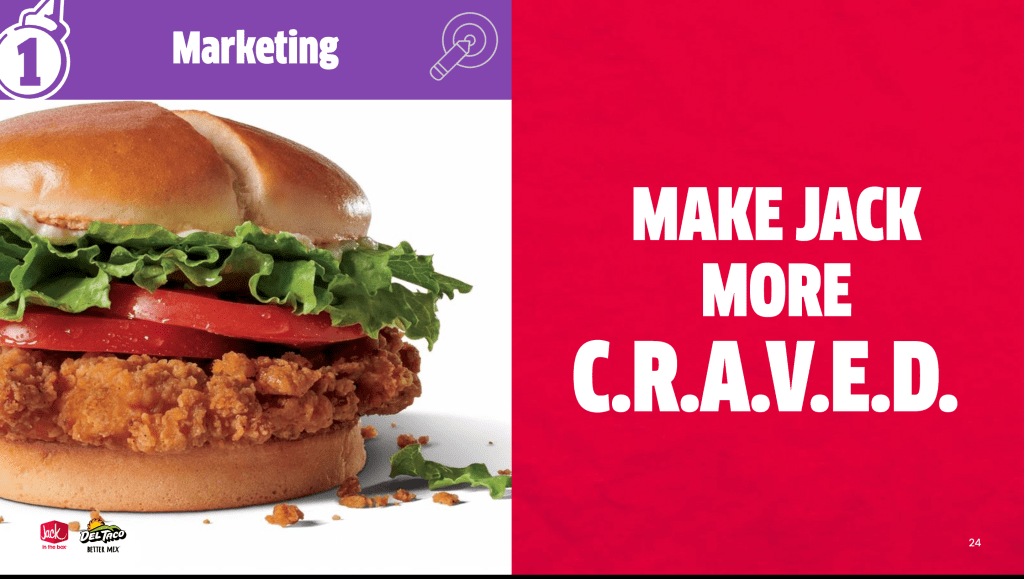
continuing a deranged hobby of reading corporate materials for fast food companies. See if you can guess what the acronym C.R.A.V.E.D stands for at $JACK, the corporate parent of Jack In The Box and Del Taco.
To buy time while you think, here is a story about Herb Kelleher, founder of Southwest Airlines, who had a strong, clear mission focus:
There is a great story shared by Chip and Dan Heath in the book “Made to Stick” about the late founder Herb Kelleher. Kelleher once posed a question to someone about their strategy,
“Tracy from marketing comes into your office. She says her surveys indicate that the passengers might enjoy a light entree on the Houston to Las Vegas flight. All we offer is peanuts, and she thinks a nice chicken Caesar salad would be popular. What do you say?”
The person stammered for a moment, so Kelleher responded:
“You say, `Tracy, will adding that chicken Caesar salad make us THE low-fare airline from Houston to Las Vegas? Because if it doesn’t help us become the unchallenged low-fare airline, we’re not serving any damn chicken salad.’
(source)

How big is Switzerland compared to California?
Posted: May 13, 2024 Filed under: Switzerland Leave a comment
looking it up for my own purposes, but I’ll cop to making a cheap ploy for traffic, as various map comparisons are one of the biggest drivers of stray Google searches to this site.
And here’s Switzerland compared to Colorado:
Here by the way is Jim Simons musing on a possible future for the USA:
Zierler:
And Jim, on that point, thinking about where China is headed in the 21st century, where are the similarities to the Cold War? In other words, when we had Sputnik, it was almost like it was a zero-sum game. Russia’s advance was our loss. To what extent do you see that same dynamic at play now with China – where is there competition and where is there cooperation?
Simons:
You know, I don’t know enough about it to talk very intelligently. It’s clear that the Chinese are spending a lot on science and building it up. You know, I see the United States— Look, China is five times the size, four times the size of the United States. We have 300 million people, I think they have 1.2 billion or 1.3 billion. India has a lot of people. So relatively speaking, we’re not such a big country. But we do have some wonderful things. We have great universities in the United States, and so what I’m hoping, although like Switzerland, it’s a small country but it’s very prosperous country, because it’s focused on what it can do best. And done very well for years, Switzerland. So if you compare, sometimes, the United States could be a very big Switzerland, focusing on education, keeping our great public and private universities, that attracts people to come to the United States, and does a lot of research and so on. So in China with all its people, will, you know, be a very big force. There’s nothing we can do about it, but we can, you know, cooperate with them to some extent, so we don’t have to fight with them. But we want to stay ahead as long as we can.
I think we’re a bit too manic to settle into that, but it’s an intriguing thought.
Jim Simons
Posted: May 11, 2024 Filed under: America Since 1945 1 CommentZierler:
And Jim, when you were a kid, how did you or your teachers or your parents first recognize the abilities that you had?
Simons:
Well, all parents think their kids are a genius, so (laughs) so, but I did get involved with math very early. I loved to keep multiplying by two and see… I finally got up to whatever it is, 1,024, I guess? And so I liked to do that. I remember I was in the car with my father when I was maybe four or five at the most, and he said he had to stop to get gas, and I said, “Why do you have to do that?” And he said, “Well, we could run out of gas if I don’t stop.” And I said to myself and then to him, “Well, you don’t have to run out of gas. You can use half of what you have, and then you can use half of that and then half of that, and you’ll never run out of gas.” (both laugh) Well, it didn’t occur to me that you’d never get anywhere either, but I just kept slicing up what was in the gas tank. And I remember also spending many a night lying in bed thinking, “How do you define the expression, “Pass it on.” That’s an expression, right? Pass it on. How do you define it? How do you explain to someone that he’s supposed to say to someone, the next guy down, et cetera, that wasn’t good enough. I really wanted to figure it out. And one night, I did figure it out, and then when I woke up, I forgot what it was. So (both laugh) but now I remember. But it’s, you know, a strange thing for a kid to do as, I was maybe eight, to think about such a question. So I always liked math.
Here’s my source for that. Jim Simons, smoker, figured out a way to turn the markets into a money machine, suffered severe tragedies, gave money to science. (Why are so many brilliants from Brookline? Irish Jewish interaction under the looming mountains of Boston?)

Tempted
Posted: May 8, 2024 Filed under: medieval studies, New England, rhode island Leave a commentsent by our Rhode Island correspondent.
Randall Collins on Sex and Violence
Posted: May 8, 2024 Filed under: advice, brain Leave a comment
We’ve discussed before the work of microsociologist Randall Collins. Not sure why his work isn’t more popular. His insights about violence are both profound and practical. Here’s a summary he gave of much of his own work.
Now that we have photos and videos of violent situations, we see that at the moment of action the expression on the faces of the most violent participants is fear. Our folk belief is that anger is the emotion of violence, but anger appears mostly before any violence happens, and in controlled situations where individuals bluster at a distant enemy. I have called this confrontational tension/fear; it is the confrontation itself that generates the tension, more than fear of what will happen to oneself. Confrontational tension is debilitating; phenomenologically we know (mainly from police debriefings after shootings) that it produces perceptual distortions; physiologically it generates racing heart beat, an adrenaline rush which at high levels results in loss of bodily control.
Collins speaks of what sociologists have learned from CCTV footage of fights at bars:
This explains another, as yet little recognized pattern: when violence actually happens, it is usually incompetent. Most of the times people fire a gun at a human target, they miss; their shots go wide, they hit the wrong person, sometimes a bystander, sometimes friendly fire on their own side. This is a product of the situation, the confrontation. We know this because the accuracy of soldiers and police on firing ranges is much higher than when firing at a human target. We can pin this down further; inhibition in live firing declines with greater distance; artillery troops are more reliable than infantry with small arms, so are fighter and bomber crews and navy crews; it is not the statistical chances of being killed or injured by the enemy that makes close-range fighters incompetent. At the other end of the spectrum, very close face-to-face confrontation makes firing even more inaccurate; shootings at a distance of less than 2 meters are extremely inaccurate.
(Now, Collins does cite the work of S. L. A. Marshall, who is controversial. Story for another day.).
Why do most potential fights defuse before they start?:
Most of the time both sides stay symmetrical. Both get angry and bluster in the same way. These confrontations abort, since they can’t get around the barrier of confrontational tension.
Practical advice:
Keep any confrontation emotionally symmetrical; make confrontational tension work for you by maintaining face contact; avoid micro-escalations; let the situation calm down out of boredom, which is what happens when an interaction becomes locked into repetition. In the violent sociology of emotions, boredom is your friend.
Go read the whole thing. He also speaks on sex:
the strongest sexual attraction is not pleasure in one’s genitals per se, but getting the other person’s body to respond in mutually entraining erotic rhythms: getting turned on by getting the other person turned on. If you don’t believe me, try theorizing the attractions of performing oral sex. This is an historically increasing practice, and one of the things that drives the solidarity of homosexual movements. Gay movements are built around effervescent scenes, not around social media.
Beyers
Posted: May 5, 2024 Filed under: Canada Leave a comment
We lost Caleb Beyers to a sudden heart attack.
Rower, photographer, architect of farm buildings, toy maker, llama soother, alpaca wrangler, kiva digger, wind-phone experimenter, gardener, shepherd, scholar, party animal, Lampoon member, “humble Harvard graduate” (as a Facebook commenter put it), Canadian, listener, musician, hippie, explorer, cyclist, hemp fabric evangelist, coffee shop proprietor, writer, cartoonist, sportsman, athlete, concoction maker, community activist, entrepreneur, naturalist, disc golfer, fermenter, osteologist (message me if you want to see the series of photos he took of a decomposing llama), maker of playlists, draftsman, burger chain logo designer, model, painter, diplomat, chef, potter, patissier, enthusiast. Friend.
Most important for him was husband and father.
We once had a conversation about the word kin, kindred. Kindling. The people you share your fire with.
Gone back to the spirit that brought him forth. Off on a new adventure.
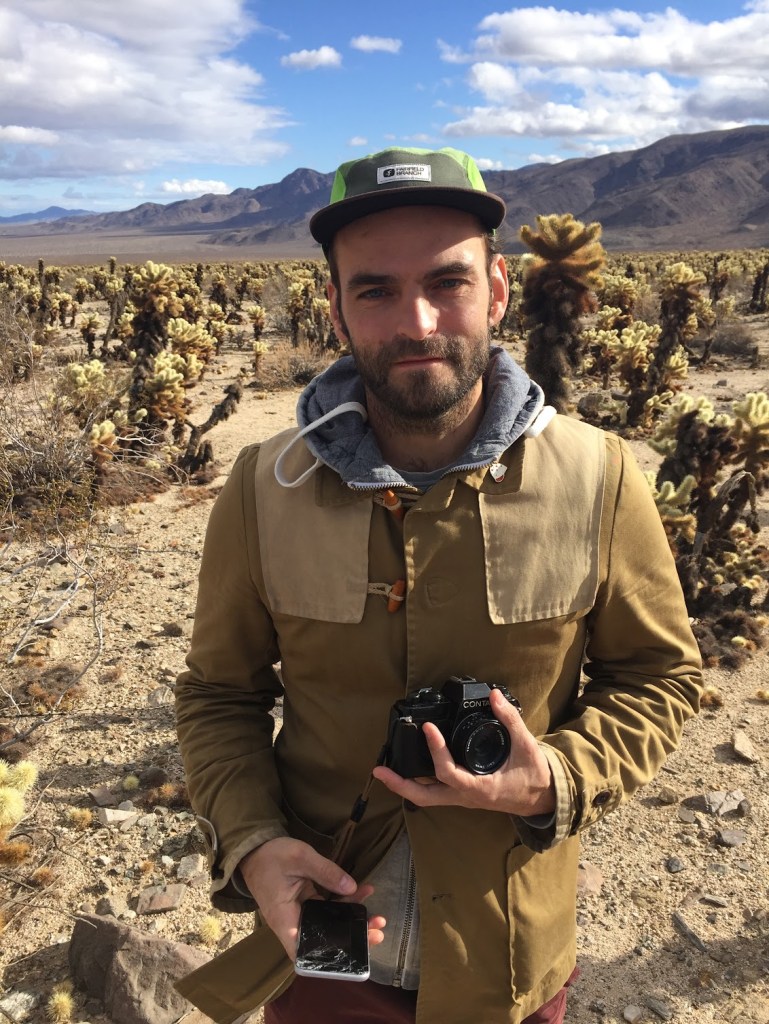
He liked to check in on earth.fm
The first woman to climb Mont Blanc
Posted: April 26, 2024 Filed under: mountains, Switzerland Leave a comment
from a March 06, 1965 New Yorker article about Swiss mountaineering by Jeremy Bernstein.
The Official Records of the War of the Rebellion
Posted: April 19, 2024 Filed under: War of the Rebellion 1 CommentThe first time I went to look at the Official Records of the War of the Rebellion at the LA Public Library (Central, Geneaology and History Department) the librarian said “it’s… it’s a lot” and then he showed them to me:

Before the Civil War was even over they’d started compiling the official records: every report and bit of correspondence they could gather.
Some of it is dull, and some of it is very vivid:

Seven Samurai
Posted: April 14, 2024 Filed under: movies, war 1 Commentinterview with Edward Luttwak:
Then there are people who are more familiar like Akira Kurosawa. Anybody who has actually been involved in war – in fighting, in using weapons – knows that Seven Samurai is a complete course on how to train fighters, raise their morale, and command them in war. When Seven Samurai came out, people quickly realized that it was a film that had to be watched three or four times in a row, and then every few years. And people did that, very commonly.
I have actually trained men to fight in war, and I have sat them down and made them watch Seven Samurai, and they complained a lot. Then a few of them wanted to see it again. Then after a while, all of them wanted to see it again. All of them learned a hell of a lot from that film. Leadership, cohesion, morale, when you should raid and when you shouldn’t raid, when you should be on the defensive, when you should be on the offensive. Akira Kurosawa pretended that he was a pacifist and antiwar (in post-1945 Japan, war was unfashionable, to say the least). But in truth he loved war. I’ve used it in El Salvador – actually did the same thing – train villagers to defend themselves from any passing guerilla. Making the name of the village a terror to them all. They would no longer be attacked anymore.
Source. Helen DeWitt would be nodding. how about this:
MR: Where do you think the best snorkeling in the world is?
EL: I think it’s the Tuamotu Archipelago in French Polynesia – as it happens where Gauguin went, but not his particular atoll, Rangiroa. There are different atolls in the archipelago, and one has a very rude name. That is my favorite atoll.
MR: What’s it called?
EL: I’m not going to tell you, but it’s extremely rude.
I wonder which one he’s talking about. Maybe this one?
Warren Buffett on love
Posted: April 14, 2024 Filed under: business, how to live, love Leave a commentAfter visiting [his wife Susan] in hospital, he told a class at Georgia Tech, “When you get to my age, you’ll really measure your success in life by how many of the people you want to have love you actually love you. I know people who have a lot of money, and they get testimonial dinners and they get hospital wings named after them. But the truth is that nobody in the world loves them. If you get to my age in life and nobody thinks well of you, I don’t care how big your bank account is, your life is a disaster. That’s the ultimate test of how you have lived your life.” He continued, “The trouble with love is that you can’t buy it. You can buy sex. You can buy testimonial dinners. You can buy pamphlets that say how wonderful you are. But the only way to get love is to be lovable. It’s very irritating if you have a lot of money. You’d like to think you could write a check: I’ll buy a million dollars’ worth of love. But it doesn’t work that way. The more you give love away, the more you get.” Of all the lessons that Warren has taught me, perhaps this is the most important.
from Education of a Value Investor by Guy Spier.
If you keep Jimmy Buffett and Warren Buffett as navigational beacons, you’ll probably have an ok ride.
news from Paris
Posted: April 13, 2024 Filed under: France Leave a commenta report from Paris in the FT:
There’s been a spectacular decline in wine drinking. I sometimes ask people to guess which country was the world’s biggest exporter of wine in 1970. The answer: Algeria. Even after independence, the Muslim country was still producing cheap plonk that kept the former motherland pickled. French winemakers did their bit, too. But since the 1960s, the average French person’s consumption of wine has dropped by about 70 per cent, to below 40 litres a year. Wine barely exists at lunchtime any more. Younger French people prefer cannabis.
Swisstory (Part One)
Posted: April 13, 2024 Filed under: Uncategorized Leave a commentWe’ll be at the Annecy Animation Festival in June to present the world premiere of COMMON SIDE EFFECTS, hope to see you there! Although Annecy is of course in France, this trip will bring me for the first time to the nation of Switzerland, so I’ve been reading up on her history.
I took Tyler Cowen’s advice and bought a picture book:
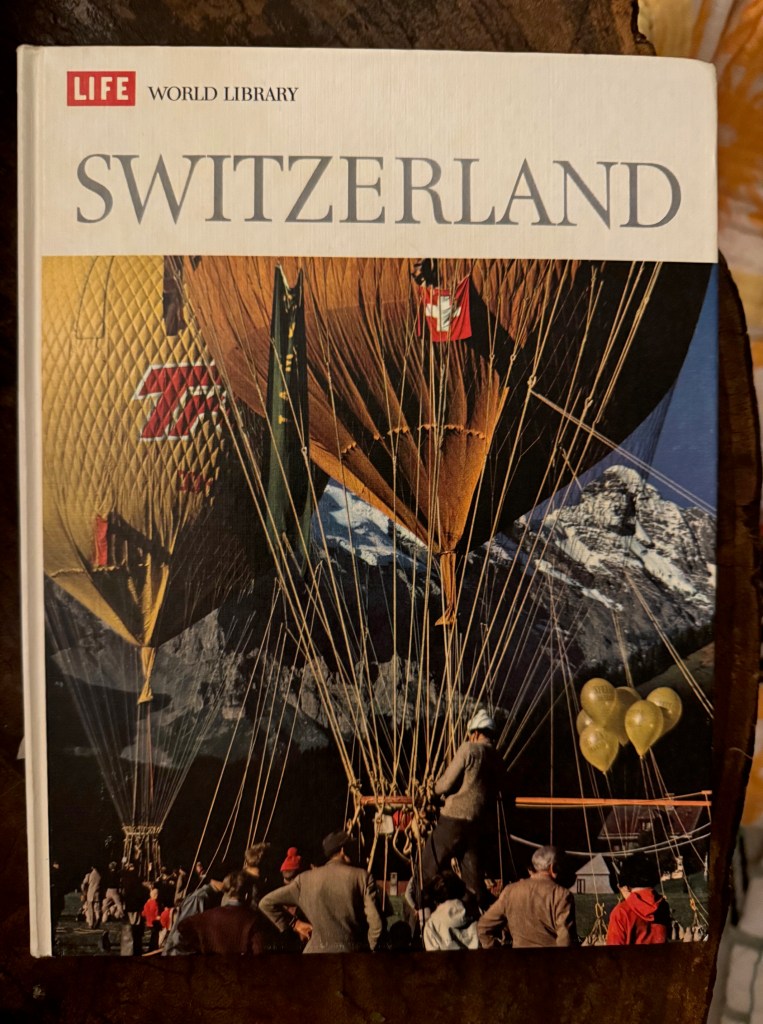
The map in there is really good:
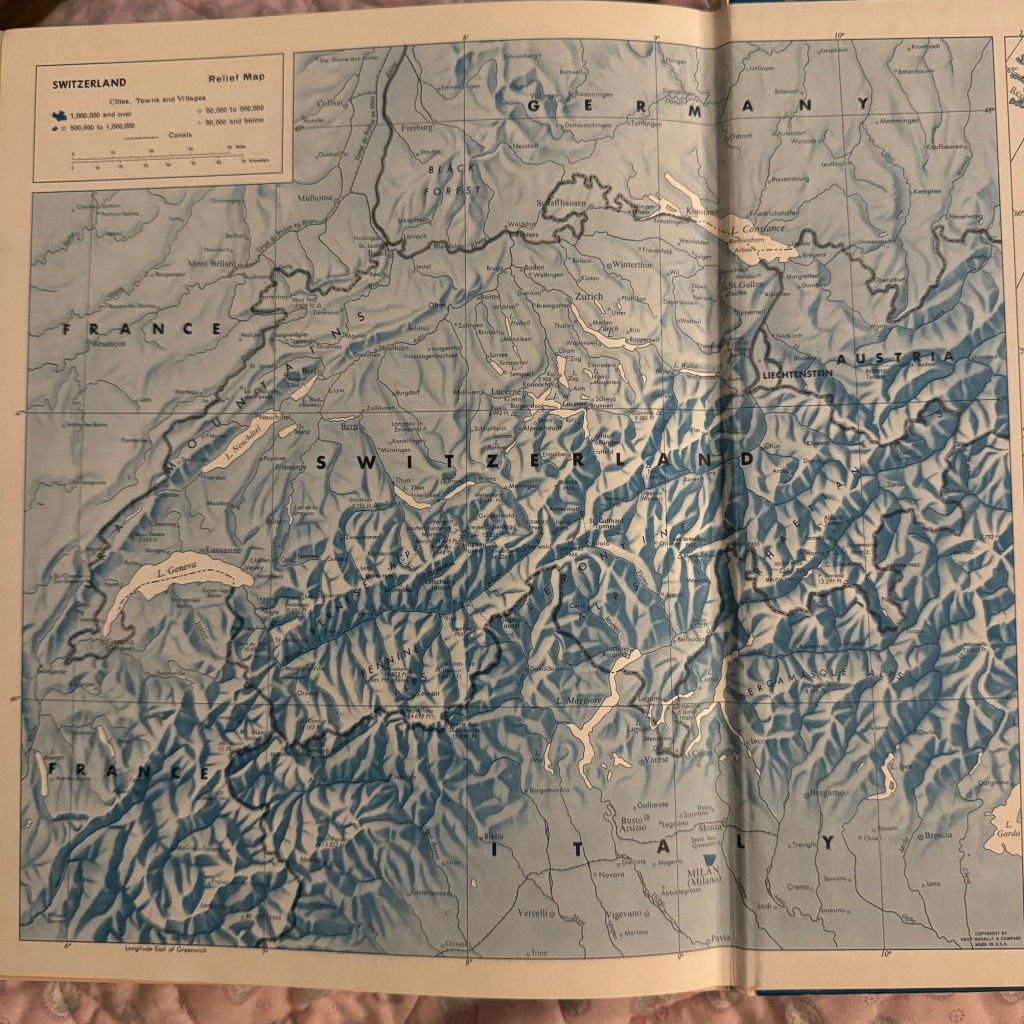
Here’s Google:
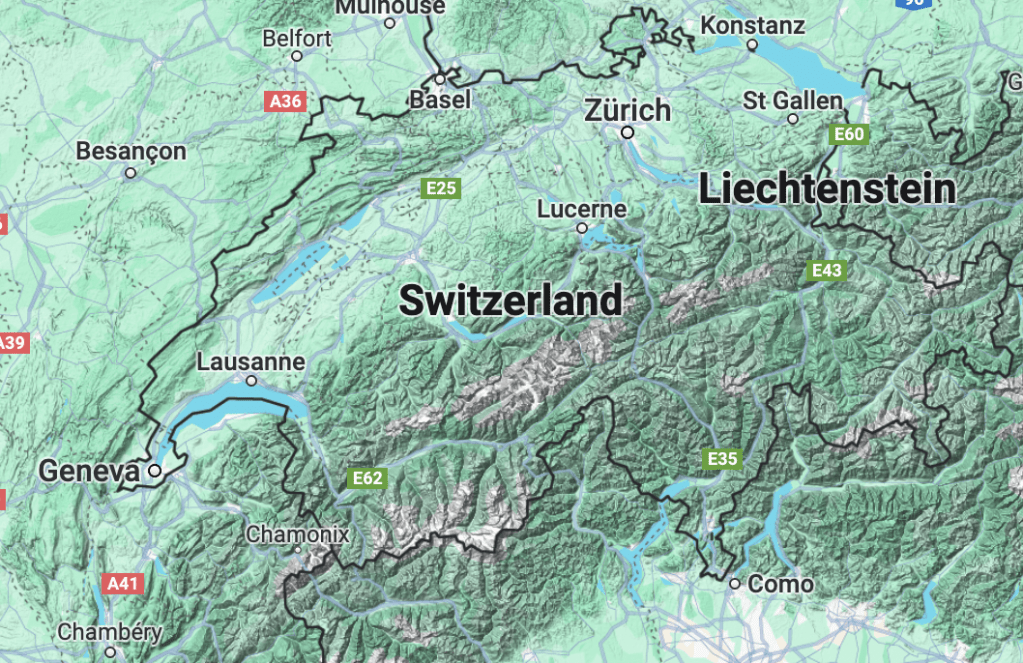
Here’s another map:
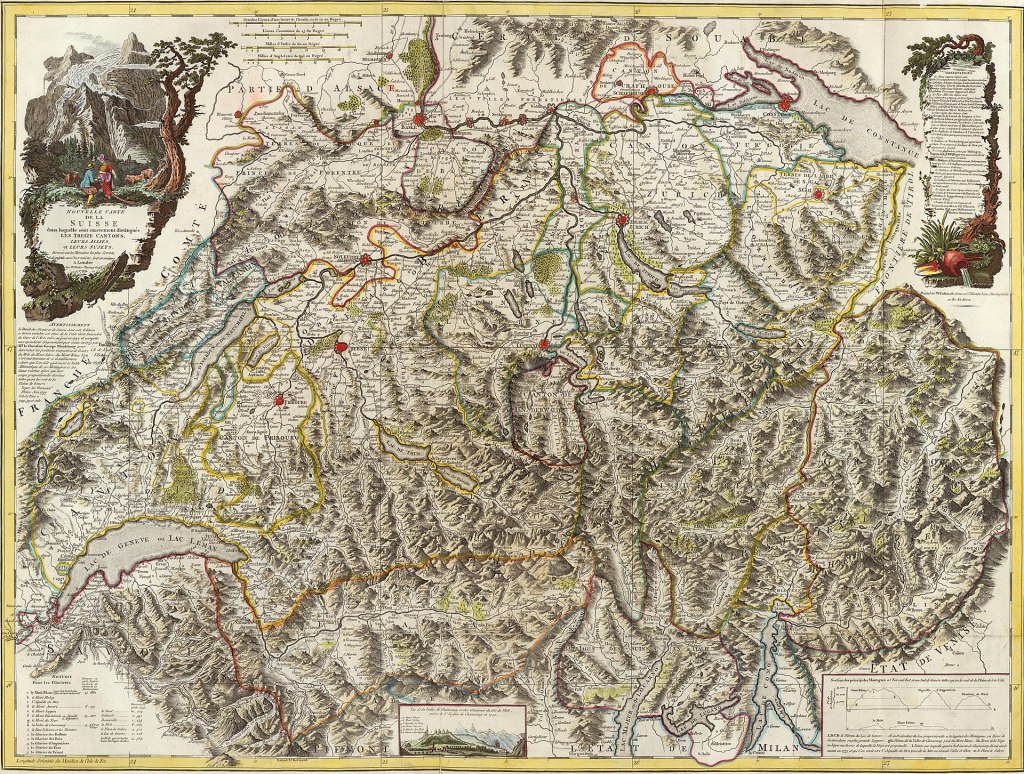
As you can see we have the Alps, some tough to traverse terrain, to the south, another gentler spine of mountains, the Jura, running along the northwest, and a juicy plateau in the middle, where you’ll find Geneva, Bern, and on up to Zurich.
Remember Otzi, the Ice Man? Here’s a reconstruction of the withered ice-mummy:
(source)
Otzi was found in the Italian Alps near Austria, and he lived around 3000 BC. Presumably there were wandering ice men and women all over what’s now Switzerland in wayback times. Now you can see Otzi in a special refrigerated chamber in the South Tyrol Museum of Archaeology in Bolzano. His murderer has yet to be identified. Boy, talk about a cold case!

A lucky or industrious iceman might’ve built himself and his family a pile-dwelling. The various alpine pile-dwellings are a UNESCO World Heritage Site. A reach, in my opinion. There’s apparently one in Bourg I may get to check out. Do the people of Bourg live any better now?

In looking into that I found this cool picture of nearby Versoix, taken in 1925 by aviator Walter Mittelhozer.

But we’re getting ahead of ourselves.
Fast forward from the iceman and the pile houses a couple thousand years. Herbert Kubly, writing the Time Life text, does a great job:
Switzerland was brought into history by Julius Caesar.
Backing up a bit:
During the Iron Age several tribes of barbaric Celts overran the area and one of them, the Helvetii, stayed. By 500 B.C. these Helvetians seem to have shared the land with a wild tribe called the Raeti, from northern Italy. They were not destined to share the land in peace.
Soon restless and powerful Germanic tribes from north of the Rhine began to press relentlessly southward.
Driven westish by these invaders, the proto-Swiss met the Romans in what’s now France. There they scored a win at Agen, in what’s now France.
According to Caesar, the captured Roman soldiers were ordered to pass under a yoke set up by the triumphant Gauls, a dishonour that called for both public as well as private vengeance. Caesar is the only narrative source for this episode, as the corresponding books of Livy’s histories are preserved only in the Periochae, short summarising lists of contents, in which hostages given by the Romans, but no yoke, are mentioned.
This episode was painted by Swiss artist Charles Gleyre:

Gleyre also did a nice portrait of Sappho:
That’s now in the Musee Cantonal des Beaux Arts in Lausanne, I hope I have a chance to view it.
In any case the Helvitii victory was short lived. Caesar went after the bad boys of the plateau. Says Kubly:
In 58 B.C., a great column of men, women and children, with their cattle and provisions, started westward toward what is today southern France, their goal the mouth of the Garonne River and the Atlantic coast.
It was this attempted tribal relocation that ushered Switzerland onto the stage of world 25 history. Southern France was a Roman province and Caesar was understandably reluctant to have this disrupting human tide cross his territory. He rushed 700 miles from Rome to Geneva in eight days, marshaled six legions and defeated the Alpine tribesmen in a battle near the present-day French city of Autun. After the defeat, Caesar ordered the Helvetii to stay home.
Another version:
In 58 BC, Julius Caesar prevented the Helvetians from leaving the Swiss plateau when they wanted to avoid the Germanic incursion from the west by migrating to the south of France. They were stopped by Julius Caesar at Bibracte (Montmort near present-day Autun, Burgundy, F). He sent the Helvetians back and settled them as a “buffer people” under the control of the Roman army. After Caesar’s death, the Romans, now under Emperor Augustus, increased their influence over Swiss territory.
so says the Swiss tourist board, which has a great website. Here’s a nice Roman arena at Aventicum/Avenches:

(source: Ludovic Péron for Wiki)
There were some Roman outposts in Switzerland:
and it seems like it was mostly a good time:
The hundreds of villae found in Switzerland, some very luxurious, attest to the existence of a wealthy and cultured upper class of landowners. Many villae belonged not to Roman immigrants, but to members of the Celtic aristocracy who continued to hold their lands and their rank after the Roman conquest. Of the lower classes, much less is known, although there are inscriptions attesting to the existence of guilds (collegia) of boat skippers, doctors, teachers and traders, as well as to the existence of a trade in slaves.
A Roman era arch on Lake Geneva, thanks Hapax.
Says Kubly:
Over the succeeding centuries the troops and the Roman governors established Roman law and built towns with palaces, temples and amphitheaters. They introduced cherries and chickens to Helvetian agriculture and improved cattle breeds and the cultivation of vineyards.
Their most enduring enterprise was the construction of roads with which they crisscrossed the country, including a road over the Great St. Bernard Pass which assured permanent communication between Italy and the north.
Then it all went to hell. The “catastrophe of 260” led to the place being overrun by warlike German tribes, the Romans retreated, they were gone completely by 454 AD.
There’s a small little nook of Switzerland where people still speak Romansh, which is something like Vulgar Latin.
(source)
But mostly the Germanic / Frankish peoples would be running the show in what’s now Switzerland from now on.
Now we enter a period where like four or five hundred years goes by and very little is recorded, aside from the occasional mention of a monastery or something. What the hell was happening? “I’m in the dark here” as Al Pacino says in Scent of a Woman. It’s unfashionable to call it the Dark Ages, but… it was dark! Like literally, there was probably very little light. World Lit Only By Fire as William Manchester titled his fascinating and bizarre book. People livin, dyin, lovin. All vanished.
Says Kubly, deftly summarizing a few centuries of what must’ve been intense struggle times:
With the Romans gone, two Germanic tribes gradually took over Switzerland. The Burgundians moved in from the west. The Alemanni, invading from the north, gradually pushed the Burgundians to the Sarine River, which became the border between the two and established permanently the division which still exists today between Switzerland’s French- and German speaking peoples.
In the Sixth Century both tribes came under Frankish rule, and the country eventually became a part of Charlemagne’s Holy Roman Empire. After Charlemagne died in 814, his descendants fell to bickering among themselves and Switzerland was once again divided, this time between two of Charlemagne’s grandsons who ruled upper Burgundy and Germany. In 888, a minor despot named Rudolf seized part of the old Burgundian territories and had himself crowned ruler.
When we come back: oaths, Eidgenossenschaft, and the Bern Book.
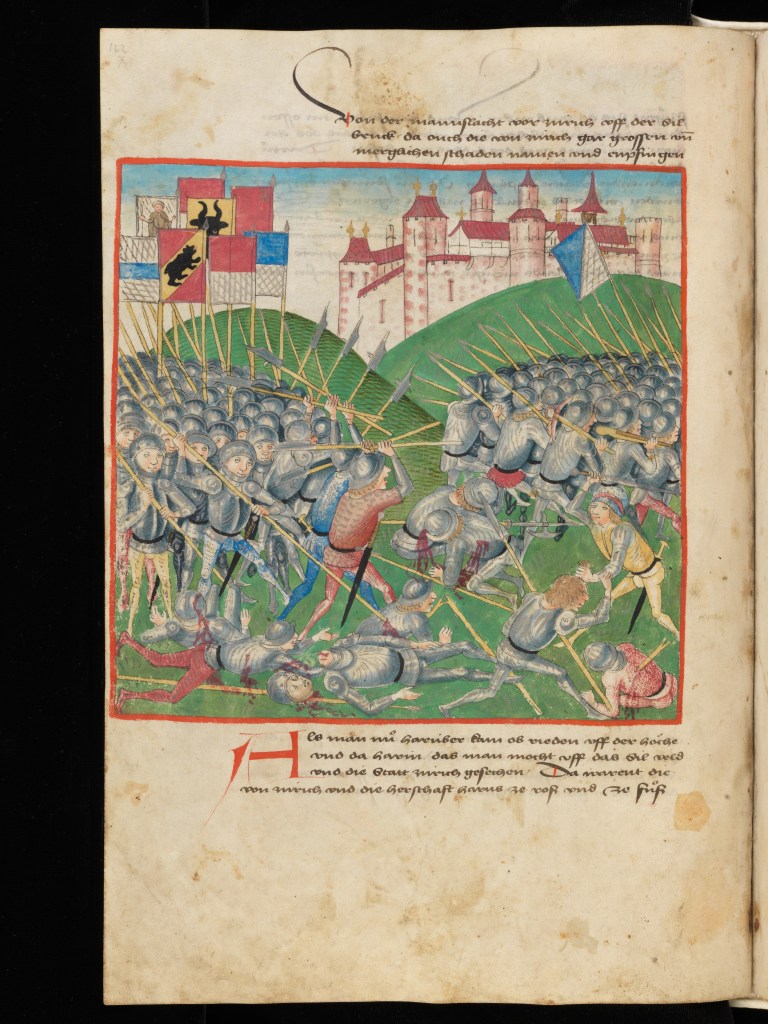
Harrison Ford on Jimmy Buffett
Posted: April 12, 2024 Filed under: music 2 CommentsSpeaking at the Hollywood Bowl tribute.
Jimmy Buffett was a cool guy. A lot of cool guys are not that nice. Jimmy was more than nice. He was kind.
paraphrase but pretty close. (oh looks like it’s up on YouTube already). Occurred to me watching that Harrison Ford probably could’ve been a great standup.
Brandi Carlisle said whenever she was in some random spot and wanted to go fishing, she’d call Jimmy Buffett and soon some salty dog captain would pick her up.
The Coral Reefers Band has held together for close to fifty years.
Everyone mentioned that Jimmy Buffett had “a twinkle in his eye.” The word “generous” came up a lot. Everyone’s story was about like flying with Jimmy (or refusing to) in St. Barth’s or meeting him by chance on some island.
If after you die Paul McCartney sings “Let It Be” at a sold out tribute to you, not bad.
More on Jimmy. May as well watch Brandi Carlisle sing Come Monday:
Dumb and Dumber and Bill Clinton
Posted: April 11, 2024 Filed under: America Since 1945, presidents Leave a comment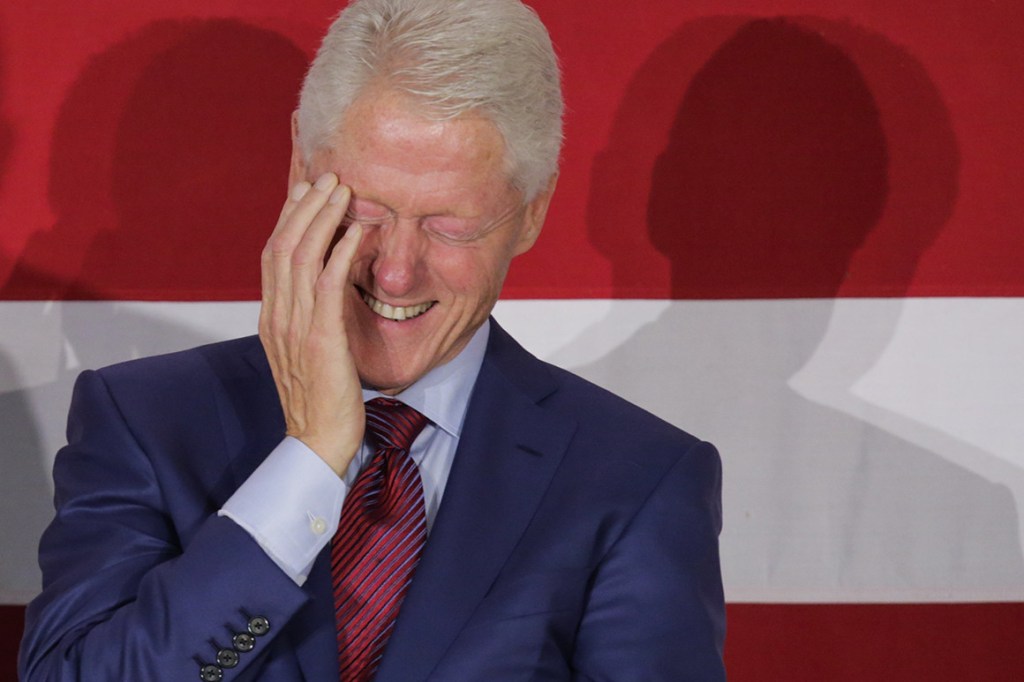
(source)
We’d sit on that airplane and watch—one example, the classically brilliant, stupid movie, Dumb and Dumber.
Riley
I love Jim Carrey, but that’s one I haven’t even been able to watch.
Friendly
It’s a hilariously stupid movie, and there’s Clinton sitting there. This is one of the most brilliant people I’ve ever met and he’s sitting there chewing a cigar, playing hearts, watching Dumb and Dumber, laughing hysterically, but then also not getting some of the story line. I mean partly because he’s playing cards, he’s doing a crossword puzzle, talking to somebody, and watching Dumb and Dumber. But there I am trying to describe the plot line of Dumb and Dumber to the President of the United States. This is surreal.
(source: Andrew Friendly interview at The Miller Center)
Then there were silly little things, too, like his crossword puzzles. That seems like a silly thing, but to the extent that there are pop culture clues in crossword puzzles—The Sunday New York Times is the hardest one, because they get harder throughout the week. I never noticed many pop culture references in the Sunday one, but I’m sure the Monday one might have one or two. He loved to watch cheesy movies. We’d be landing in Moscow, but he wanted to see the last minute of Dumb and Dumber before he walked off the plane or something.
Riley
Does that get him charged up, the last minute of Dumb and Dumber?
Goodin
He likes action movies better. All of this is to say he actively cultivated these lifelong friendships. By virtue of who he is and the life he’s led, those friendships are totally across the spectrum of “real people.” He has such capacity to take in everything. He’ll have as much joy talking about the latest biography of [Abraham] Lincoln as he will about the most ridiculous scene in Dumb and Dumber. He has so much real estate in his brain for these people and relationships and knowledge, and he kept himself open to as many channels as possible.
(Stephen Goodin oral history at the Miller Center)
Prorsum
Posted: April 9, 2024 Filed under: business, mountains Leave a comment
went looking into Burberry, the English clothing brand, famous for their iconic plaid.

Prorsum, on their logo, a Latin form: towards, forwards.
Turns out Burberry made a movie about Thomas Burberry:
Thomas Burberry invented the fabric gabardine and revived the name (which had been used in the Middle Ages to describe, like, overcoats). Mallory was wearing gabardine when he died trying to summit Mount Everest (he still is wearing gabardine. If you’re morbid, you can find photos of his body and see how well the Burberry is holding up after a hundred+ years).
Guns on the Western Waters, H. Allen Gosnell
Posted: April 6, 2024 Filed under: War of the Rebellion 1 Comment
Can you imagine seeing this in color? Fire in the darkness reflecting on the flowing water? The sounds?
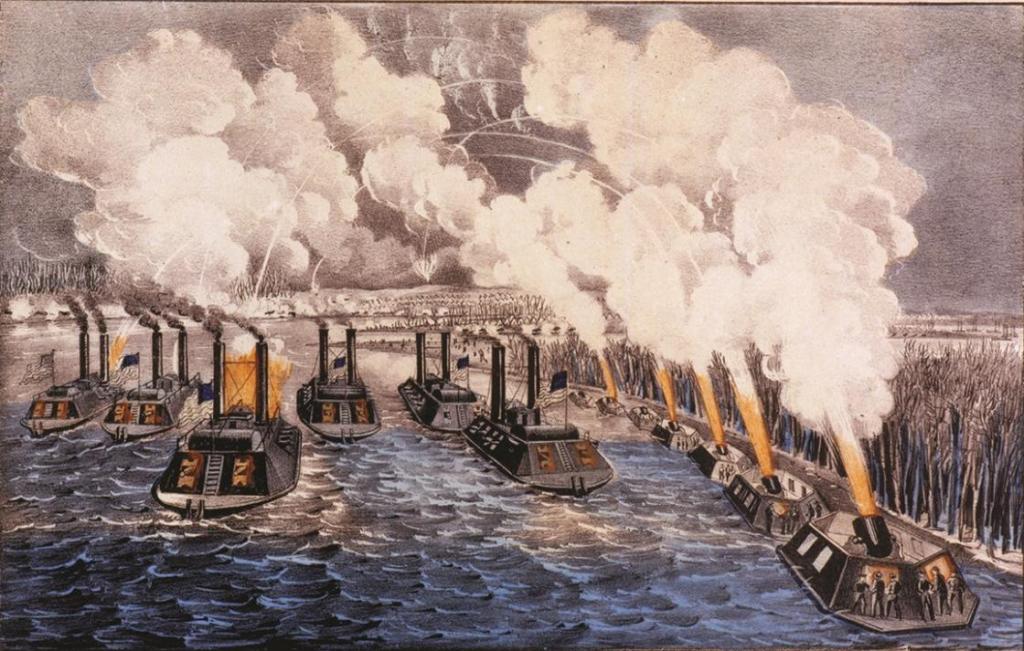
Ulysses Grant, who heard the screams of the wounded at Shiloh, Cold Harbor, the Wilderness, a hundred other battlefields, uses the word “sickening” only twice in his Personal Memoirs: once to describe a bullfight he saw in Mexico, and once to describe “the sight of the mangled and dying men which met my eye as I boarded” the USS Benton, a steamship, after a battle on the Mississippi River off Grand Gulf, Louisiana.
It’s incredible. The amazing things about naval engagements are the accounts of men firing eight-inch guns at each other from a range of eight-feet. I’m afraid that is beyond my understanding. But they did it all the time in naval battles. It was a very strange business.
So said Shelby Foote in a Naval Institute Proceedings interview. In that same interview:
Naval History: Many regimental histories were written for Army units in the Civil War. Why was that apparently not the case for the Navy?
Foote: I really don’t know. No big Navy man even wrote his memoirs, did he? Guns on the Western Waters was one of my main sources. And I use the naval Official Records. But I have found a shortage of naval material.
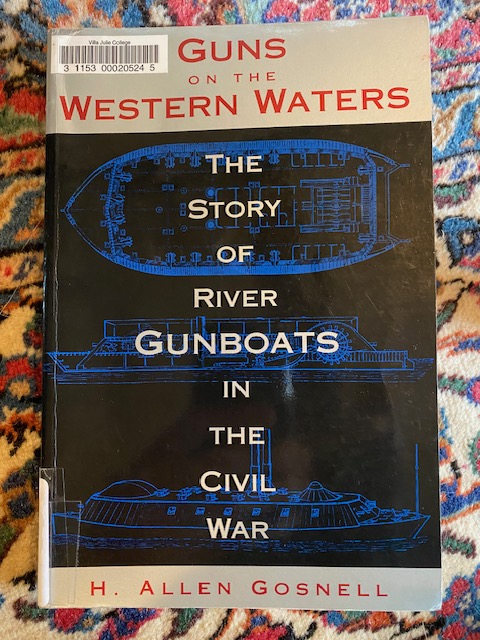
I got so much value out of this book, which I bought used via Amazon. Gosnell was a Lt. Commander in the Navy Reserve. I can find little else about him except possibly this letter?:
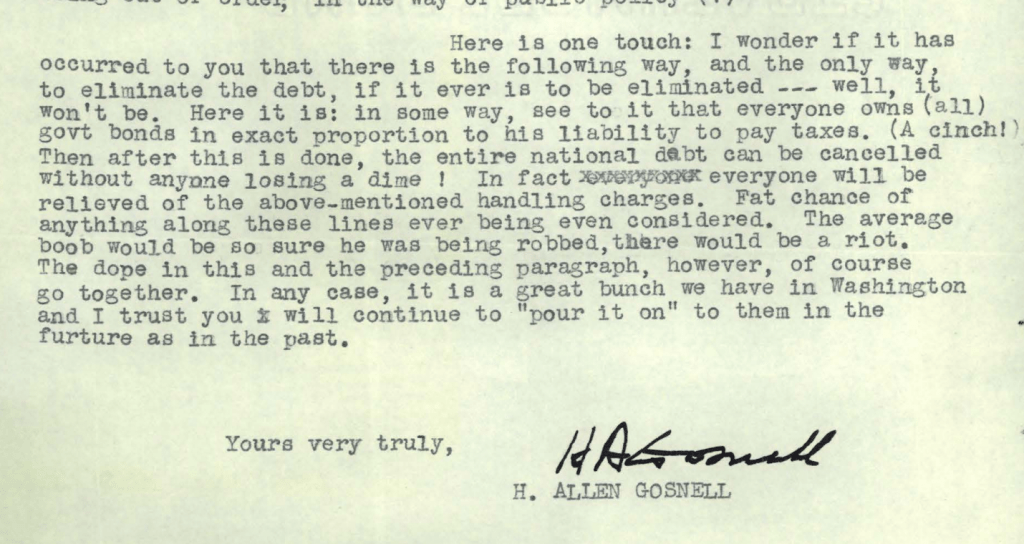
Anyway his book is terrific. Here’s how it begins:
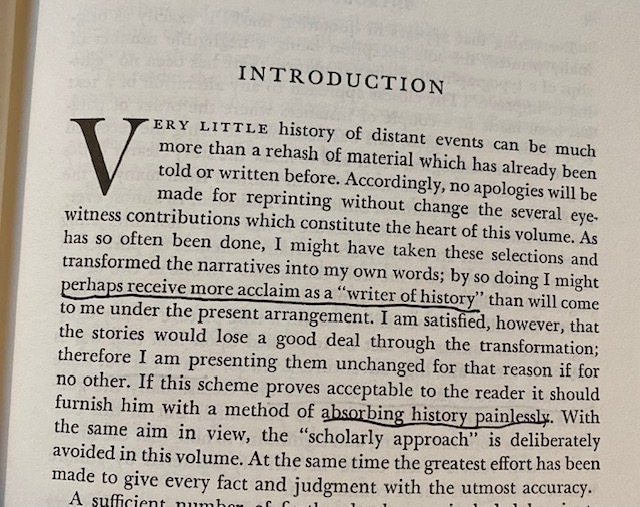
The book is indeed mostly firsthand accounts of the river battles along the Mississippi during the War of the Rebellion (fka Civil War).
It’s arguable that all the drama with Lee in Virginia was just a sideshow/violent pageant, that the real war was won and the rebellion ended when the Union seized the Mississippi from New Orleans to Illinois, slicing the Confederacy in half. This was finished by July 4, 1863. When it was done the guy who did it, Grant, was brought east to mop up the operations there.
The best section of Guns On the Western Waters is David Dixon Porter’s story of an expedition along the Yazoo River backwaters, and what he encountered there. Next best is Junius Henri Browne’s tale of a night in a boat passing under the guns of Vicksburg, from his Four Years in Secessia. Gosnell says he’s sometimes edited accounts to make them less graphic, but guys are still trampling around in their shipmate’s brains. These battles were infernal, boilers would explode scalding people, if they didn’t write their memoirs maybe it’s because it was too intense to think about, plus half of them were dead.
When Grant heard that Junius Henri Browne and his fellow “Bohemians” (a gang of war correspondents who don’t seem super likable) were lost this is what he said:

An unsung hero of this era is James Buchanan Eads

who was contracted to construct the City Class ironclads for the war on the Mississippi, and built seven in five months.
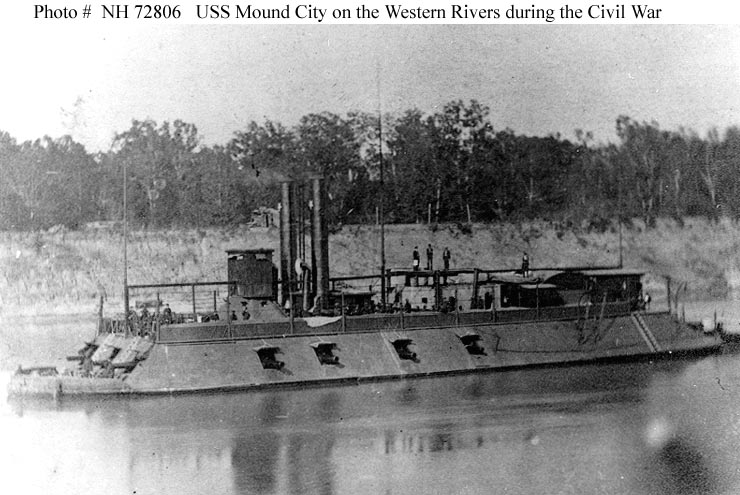
The Union was just superior to the Confederacy in building, technology, mechanizing. Arguably Confederate Navy Secretary Stephen Mallory did the best he could with a challenging situation, and for that he has a nice square named after himself at Key West. But throughout the war we just find a more effective machine destroying a feebler competitor.
Eads has a bridge named after him near St. Louis. I said unsung earlier but I guess he’s reasonably sung. And how about his wife, Martha Dillon Eads?:

Sysco
Posted: April 5, 2024 Filed under: business Leave a commentYou’ve probably seen a Sysco truck around, they’re a massive wholesale food distribution company. They’re mentioned a few times in Kent Taylor’s book, so I looked into the company. Here’s their CEO:

I thought this was funny:

When you click:

Santa Anita Derby
Posted: April 5, 2024 Filed under: Uncategorized Leave a comment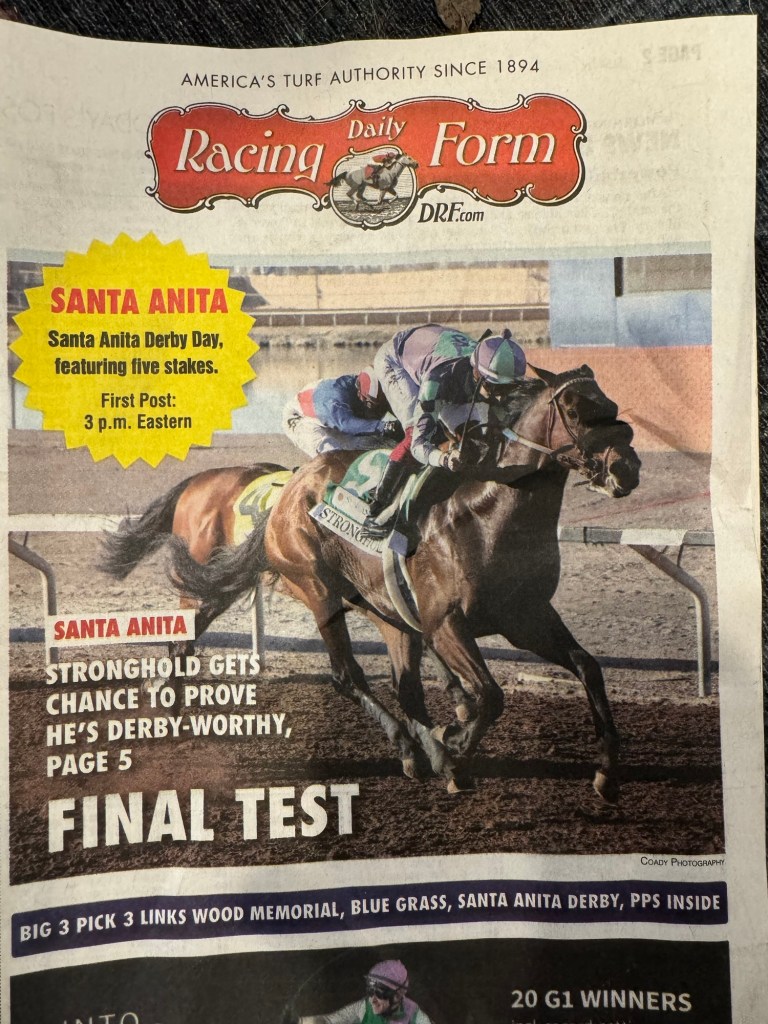
Tomorrow at Santa Anita an interesting Derby is shaping up.

Sort of a good vs evil thing against Bob Baffert’s Imagination
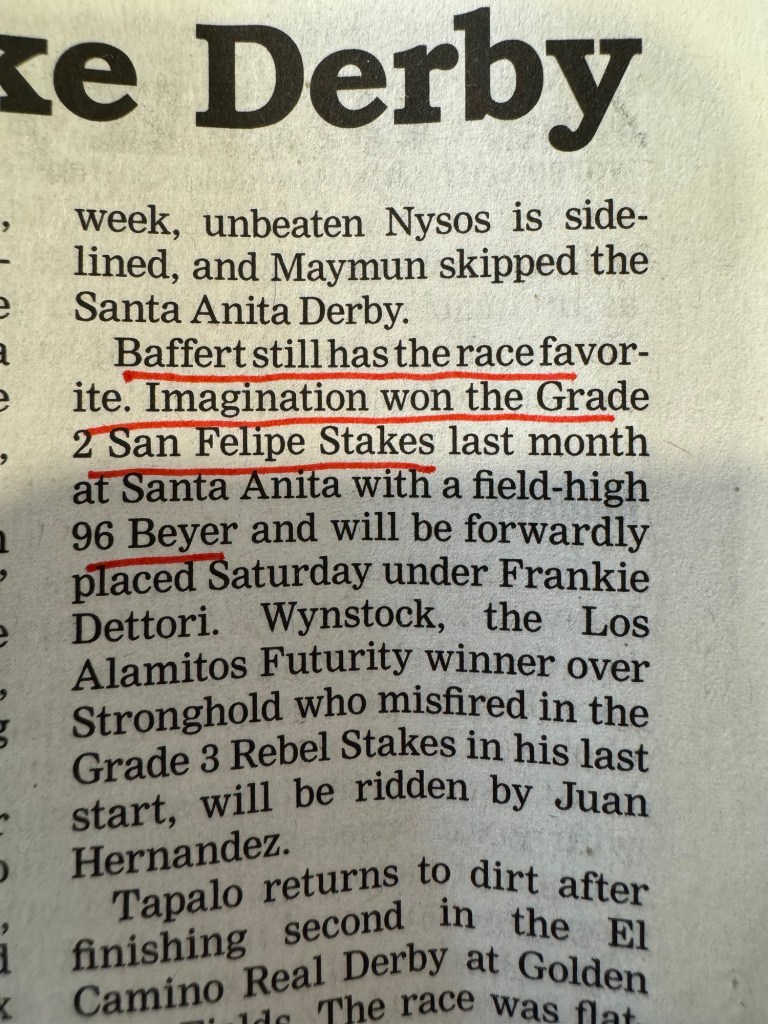
Plus we can’t rule out Wynstock.
Kent Taylor, Made From Scratch
Posted: March 30, 2024 Filed under: business, food Leave a comment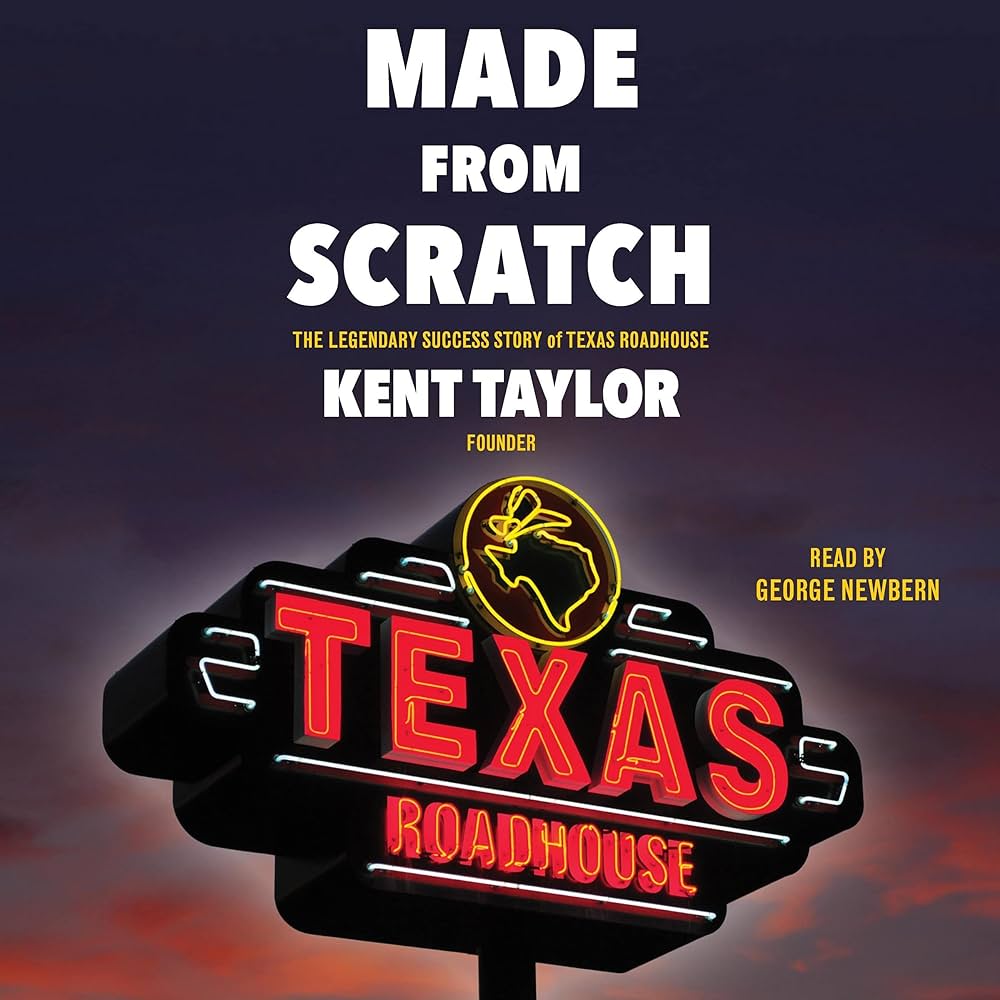
Kent Taylor was a spectator at the 1971 NCAA cross-country championships:
I will never forget [Steve] Prefontaine powering through that tough hilly course, challenging anyone to catch him as he picked up the pace on each rise, daring all comers to endure pain only he was capable of enduring. Steve won the race, no problem, and wore about him afterward an aura of extreme confidence that captivated me. Still, to this day, I can remember that look, as if he wanted his challengers to bring on whatever they had, and he’d find a way to bring that much more.
Kent Taylor was a skinny kid who was kicked off the football team by a coach who told him he might die out there. He went into track and cross country and drove himself to become better. One summer he trained by running over a thousand miles. He got good enough that with some persistence and luck he got a partial scholarship to UNC. There he ran the steeplechase, obstacle running complete with a water hazard.
Kent Taylor had drive. After college he moved back to Louisville, managed some nightclubs in Cincinnati, managed a Bennigan’s in Dallas for a bit, worked for KFC. What he wanted to do was launch his own concept for a restaurant: Texas Roadhouse.
My initial thought regarding Texas Roadhouse was to combine a rough and somewhat rowdy live music joint with a reasonably priced restaurant featuring steaks and ribs. I wanted to have the same quality of beef that Outback and Longhorn featured at the time, but with price points more similar to Chili’s and Applebee’s. I wanted to target the blue-collar segment of America (my peeps) who would be comfortable with jukebox country music and a casual and lively atmosphere with energetic servers in jeans and T-shirts. In short: Baby, if you want to dress up, then visit somewhere else; but if you want to dress down, we would welcome you with open arms and a warm smile.
Two of his first investors were Dr. Amar Desai and Dr. Mahendra Patel. The concept sparked but there were bumps. Kent opened the second restaurant in Gainesville, Florida 700 miles away from the first one because he had good memories of Gainesville. Three of the first five restaurants failed. But Kent Taylor and the Roadhouse team started to figure it out:
Another idea was to offer free rolls. We played around with giving out popcorn, something for people to munch on immediately, but realized we wanted the smell of rolls to hit our guests when they walked in. If we were going to offer them, though, I wanted to get the recipe perfect. I set my assistant kitchen manager, Rod, to driving all over town to buy as many types of flour and yeast as he could find. We then experimented. Rod and I would try this type of flour with this type of yeast, adding so much water, so much oil, and a dash of sugar and a few other ingredients for good measure. Then we tried again. We also experimented with dozens of variations to proof and bake the rolls. Nothing tasted right. I wanted a fairly sweet roll, but sugar and yeast fight each other, so I needed a flour that would work with both. The process of discovering the best Roadhouse rolls consumed our waking days for three weeks. I’m pretty sure it also consumed Rod’s sleep. He probably dropped off at night counting bags of flour. I was tormenting the poor guy with my relentless pursuit of the perfect roll. Finally, we hit it when we mixed a certain flour with another flour. The mix came together in no time and we created the rolls we use to this day. Our honey cinnamon butter followed a similar process, eventually finding positive results.
Kent had a vision for restaurants that was something like Wagner’s for opera*. He wanted immersive, overpowering. The word Legendary, that’s key. Legendary food, legendary service, legendary margaritas. Texas Roadhouse is full of wood and tin: Kent wanted it loud. Big neon signs on the places are the only advertising. Texas Roadhouses don’t open for lunch** because Kent Taylor envisioned one big, energized shift, almost a performance
We had the chargrills visible to the guests, a meat display case to view our freshly butchered steaks, and you could smell the steaks cooking and the freshly baked bread coming out of the oven. The six senses would come alive for our guests—sight, smell, taste, hearing, and touch. The sixth sense was a feeling of a warm and friendly vibe.
It worked. There are 741 Texas Roadhouse restaurants in 49 countries. The nearest one to LA would be either Rialto or Corona, CA. This makes sense: LA real estate is expensive and Texas Roadhouse knows to their customer every dollar matters. Being involved in the community is part of the business model and the Kent Taylor vision.
On a recent trip down the 10, we stopped at the Rialto location. It was just after opening time (3pm) and there was already a 20 minute wait. It was all there, just as Kent described. Friendly people, country music, wood and tin. The sweet rolls with the cinnamon honey butter are brought to your table as you sit down. Bag of peanuts waiting for you. No server has more than three stations so they’re on top of it. We signed up for the Texas Roadhouse VIP Club beforehand, which merits you a free appetizer: we got rattlesnake bites of course, delicious. Part of the popularity might be the $13.99 Early Dine Menu. You’re getting a steak dinner for under $14. Tried the Legendary Margarita, and it was a lot of fun. By the time we left every seat at the bar was occupied. There were big families, elderly couples, hard-work looking dudes having some cold ones.
Kent Taylor in this book comes through as such a boosterish, positive person that it’s hard to grapple with his end. From The Wall Street Journal, March 2021:
After coming down with a mild case of Covid-19, W. Kent Taylor found himself tormented by tinnitus, a ringing in the ears. It persisted and grew so distracting that the founder and chief executive of the restaurant chain Texas Roadhouse Inc. had trouble reading or concentrating.
Mr. Taylor told one friend he hadn’t been able to sleep more than two hours a night for months.
In early March, he met friends at his home in Naples, Fla., and led them on a yacht cruise in the Bahamas. Some of those friends thought he was finally getting better. Then his tinnitus “came screaming back in his head” last week, said Steve Ortiz, a longtime friend and former colleague.
On Thursday, March 18, Mr. Taylor died by suicide in his hometown of Louisville, KY.
Very sad. But his vision lives on. I predict Texas Roadhouse will continue to succeed as long as they remember the lessons of founder Kent Taylor. He’d seen what happens when you lose that:
The decline of Bennigan’s was another wake-up call to keep our standards sky-high and not slip into corporate-think. Thankfully, our company is run by people who have grown up in actual restaurant operations and many were eyewitnesses to either Chi-Chi’s or Bennigan’s’ demise.
* not that Kent would use this comparison. He preferred: Willie Nelson, Three Doors Down, Keith Urban, Kenny Chesney, Aerosmith, etc. Mentioning who played at which corporate celebrations is a big part of the book
** some of them do open for lunch one day a week, usually Friday or Saturday


